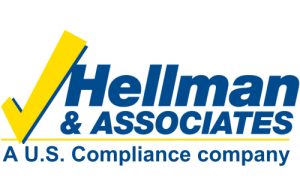General Safety Precautions
Power tools are incredibly useful and help us get the job done, but they can also be dangerous if not properly used or well maintained. Using power tools can expose you to hazards like flying debris, inhalation hazards, sharp blades, rotating parts, and electrical hazards. Always follow these 5 basic safety rules for proper use of power tools:
- Maintain and care for tools to keep them in good condition.
- Use the right tool for the job.
- Examine each tool for damage before use and take damaged tools out of service (so that someone else doesn’t use it).
- Operate tools according to the manufacturer’s instructions.
- Select the right personal protective equipment (PPE) to wear when using the tool, and wear it correctly.
| ALWAYS | NEVER |
| Keep cords and hoses away from heat, oil, water and sharp edges. | Carry a tool by the cord or hose. |
| Disconnect tools when not in use, before servicing and cleaning, and when changing accessories such as blades, bits, and cutters. | Yank the cord or hose to disconnect it from the receptacle. |
| Keep others at a safe distance during tool use. | Hold fingers on the power switch while carrying a power tool. |
| Secure work with clamps or a vise when possible. | Use a tool that’s damaged, defective or missing its protective guard. |
| Follow instructions in the operator manual for maintenance, lubricating and changing accessories. | Wear loose clothing, ties, or items such as lanyards or jewelry while operating power tools. |
| Maintain stable footing and balance during tool use. | |
| Tie back or secure long hair and wear proper apparel for the task. | |
| Remove all damaged portable electric tools from use. |
Guards
Power tools equipped with guards must be used with the guards properly installed and adjusted. Guards protect the operator from the point of operation, sharp blades, in-running nip points, rotating parts, and flying chips and sparks.
Energy Types & Variations
Electric tools, portable abrasive wheels, pneumatic tools, liquid fuel tools, powder-actuated tools, and hydraulic power tools all have unique OSHA guidelines for proper use and compliance.
